Rare Rides Icons: The Lincoln Mark Series Cars, Feeling Continental (Part XLVIII)

As we learned in our last installment, when the Mark VIII debuted for 1993 it was (puzzlingly) in a single trim level, absent any designer name or sportier LSC. This omission was remedied midway through the 1995 model year when the LSC made its triumphant and monochromatic return to the lineup. The only exciting news for the Mark in 1996 was the limited edition Diamond Anniversary package, to celebrate Lincoln’s 75th birthday. The following year Lincoln debuted a mid-cycle refresh for the Mark VIII, though it ended up more of an end-of-life refresh. Are you ready for some new, blobby shapes?
Though it was a relatively minor refresh, all things considered, Lincoln spent more time working on the Mark VIII’s refresh than one might expect. Perhaps extra padding was added to the development timeline in case styling negotiations became overly extended. Recall the multiple delays that occurred in the FN-10’s original design finalization, which pushed back its debut three years.
Shortly after the Mark was on showroom floors in 1993, work began on a design update. The revised look was locked in by November 1994. About 10 months later there were prototypes on the road, and model testing continued through the middle of 1996.
The 1997 Mark VIII that arrived in showrooms in fall 1996 sported new front and rear clips, and - as intended - differentiated itself from the original Mark VIII’s looks. Most notable were the larger revised lighting elements at the front end. The headlamps were one of the few sharp edges on the original Mark VIII design, and they were met by the lower edge of the hood.
The new design softened the headlamp lenses considerably and made them notably larger than they were. On standard (non-LSC) versions, there was a new chrome bar underneath either of the headlamps that didn’t quite meet up with the grille surround in the middle. The grille design was new too and was a much more rounded shape than the original design.
The hood's design was all new, shorter than before, and made of a new material. Lincoln decided the hood of the 1997 Mark VIII should be made of aluminum; the original design was a plastic composite (learned something!). Ford didn’t want to fabricate the hood themselves, so the job was awarded to Alcan Aluminum (1902-2007) of Montreal, Canada.
With a stronger power bulge than before, the new aluminum hood made the Mark’s revised front end look a bit taller. Crucially, the hood no longer extended to the headlamps but ended a couple of inches higher than it had previously. That meant there was a new filler panel to bridge the gap between the hood, headlamps, grille, and the bumper.
This panel was forced to awkwardly extend between the headlamps and grille: Although the 1997 lamp design was larger, the grille was smaller. The overall look featured some messy additional shut lines that weren’t there previously. The new front end was finished off by a more rounded bumper that lacked any chrome trim.
The bumper’s lower edge was more pronounced than before, and less tucked under the car’s front end. The revised look also donned a new split lower valance grille, divided into two horizontal sections. Though the original design featured a lower grille, it was not visible at eye level because it was tucked far under the front end.
The rear clip of the 1997 Mark VIII received edits that were equally controversial. The new heckblende design was thicker than before, but did not wrap around the rear corners of the Mark as extensively. Chrome trim that ran above the rear lamp assembly was much thicker than it was before, and looked less elegant.
Newly added to the rear lamps was a chrome strip underneath the lens as well, which ran all the way to the corners and formed a full perimeter of chrome. On LSC versions this edit was less notable since all lamp trim was color-keyed to the paint. The size of the Lincoln logo was reduced, though its placement in the middle of the lamp remained the same.
Other changes to the rear lamp included a relocation and redesign of the reversing lights. On the original Mark VIII, they were small rectangles on either side of the central logo. In 1997 the reversing lamps moved outward and onto the portion of the light assembly in the fender. There was a reason for this movement: neon!
In one of those lighting experiments that never took off, the revised Mark VIII featured a heckblende lighted by neon. The radical neon glow flowed over a rear bumper that was softened and more sculpted than the original design, with fewer design lines molded into it. Oval twin exhausts replaced the circular examples of the prior year.
The trunk lid’s shape was also softened further in the redesign which meant the near erasure of the vestigial Continental tire hump. A design hangover from the late 1930s that meant little to anyone still living and buying cars in 1996, the hump reached its smallest-ever iteration on the revised Mark VIII. Overall, the revised rear lighting wasn’t that far off from the design of the Mercury Mystique. Intentional?
Other updates for the 1997 refresh included more lighting updates because luxury meant lighting! Integrated puddle lamps appeared in the side mirrors and lit up when the car was unlocked. There were also LEDs in the side mirrors to indicate to other motorists and remind elderly drivers they were in fact indicating.
Lighting changes didn’t stop there, as the HID lamps which were previously an LSC-only feature became standard across the line. Also standard was more lighting on the Mark’s interior, which Lincoln called “theater lighting.” This illuminated interior door handles and some of the driver controls. Today we’d call this ambient lighting.
Revisions in 1997 extended to a few mechanical changes too, but we’ll pick up there next time. We’ll also cover two of the rarest special edition Marks ever made, as Lincoln concluded seven decades of Mark personal luxury coupe production.
Become a TTAC insider. Get the latest news, features, TTAC takes, and everything else that gets to the truth about cars first by subscribing to our newsletter.
[Images: Ford, seller]

Interested in lots of cars and their various historical contexts. Started writing articles for TTAC in late 2016, when my first posts were QOTDs. From there I started a few new series like Rare Rides, Buy/Drive/Burn, Abandoned History, and most recently Rare Rides Icons. Operating from a home base in Cincinnati, Ohio, a relative auto journalist dead zone. Many of my articles are prompted by something I'll see on social media that sparks my interest and causes me to research. Finding articles and information from the early days of the internet and beyond that covers the little details lost to time: trim packages, color and wheel choices, interior fabrics. Beyond those, I'm fascinated by automotive industry experiments, both failures and successes. Lately I've taken an interest in AI, and generating "what if" type images for car models long dead. Reincarnating a modern Toyota Paseo, Lincoln Mark IX, or Isuzu Trooper through a text prompt is fun. Fun to post them on Twitter too, and watch people overreact. To that end, the social media I use most is Twitter, @CoreyLewis86. I also contribute pieces for Forbes Wheels and Forbes Home.
More by Corey Lewis
Latest Car Reviews
Read moreLatest Product Reviews
Read moreRecent Comments
- Jeff I do think this is a good thing. Teaching salespeople how to interact with the customer and teaching them some of the features and technical stuff of the vehicles is important.
- MKizzy If Tesla stops maintaining and expanding the Superchargers at current levels, imagine the chaos as more EV owners with high expectations visit crowded and no longer reliable Superchargers.It feels like at this point, Musk is nearly bored enough with Tesla and EVs in general to literally take his ball and going home.
- Incog99 I bought a brand new 4 on the floor 240SX coupe in 1989 in pearl green. I drove it almost 200k miles, put in a killer sound system and never wish I sold it. I graduated to an Infiniti Q45 next and that tank was amazing.
- CanadaCraig As an aside... you are so incredibly vulnerable as you're sitting there WAITING for you EV to charge. It freaks me out.
- Wjtinfwb My local Ford dealer would be better served if the entire facility was AI. At least AI won't be openly hostile and confrontational to your basic requests when making or servicing you 50k plus investment and maybe would return a phone call or two.



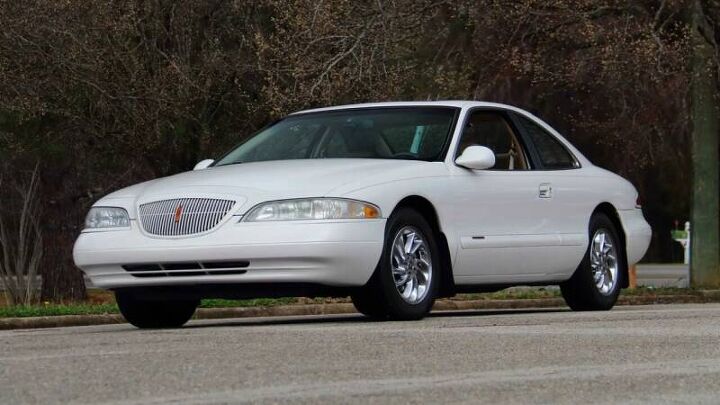


















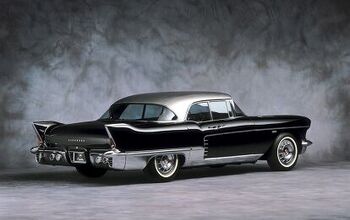
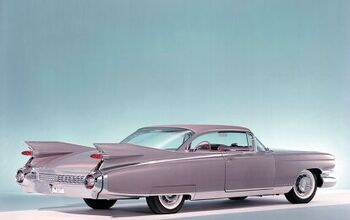
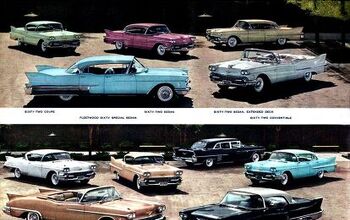
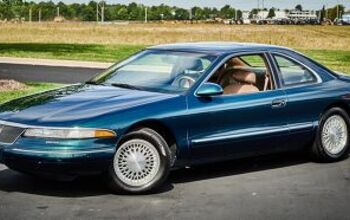
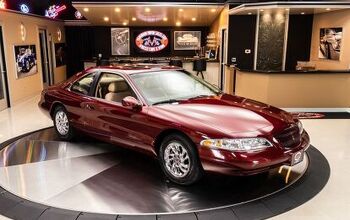
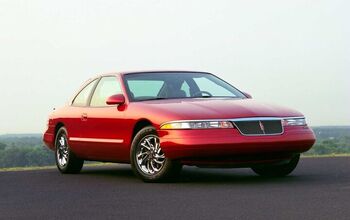
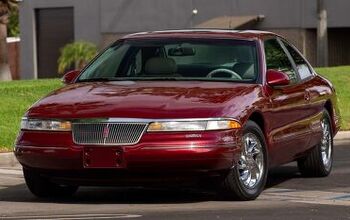
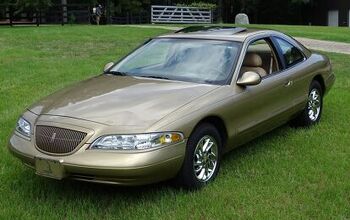
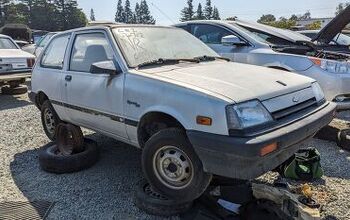
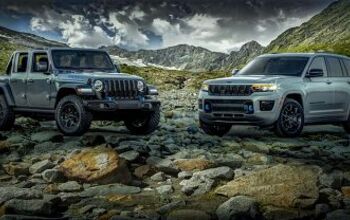
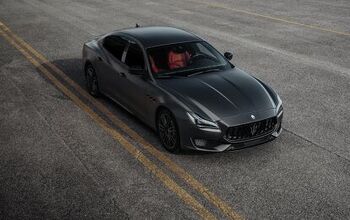
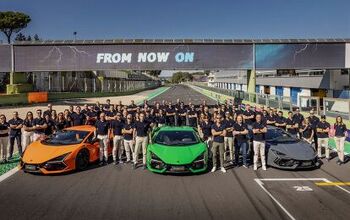
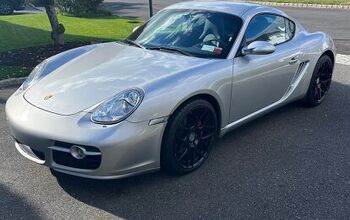
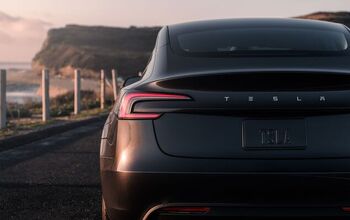
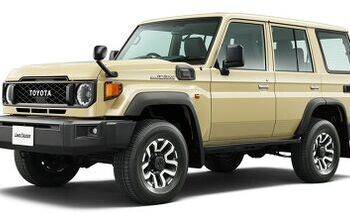
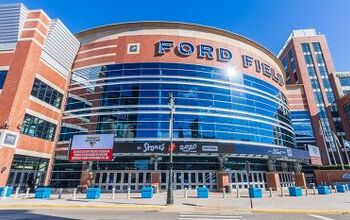
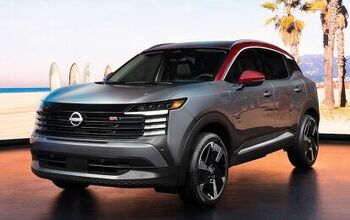

Comments
Join the conversation
Here is a 1993 study that lays out the argument for faster rise time for brake lights.
This 2013 analysis shows some actual brake light configurations. (It mentions neon but doesn't show any neon examples.)
I have a 1993 Mark VIII Cobra Edition and I also have the last Mark VIII edition, both are in fantastic condition no rust no dents and the interiors are also in excellent condition